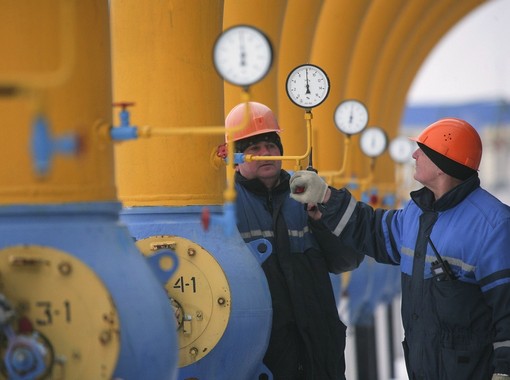
The Russian Federation extracts the biggest volume of oil of all countries on the globe and its gas production is second to only that of the United States. As a consequence, some forty percent of the country’s revenue is derived from the sale of hydrocarbons, and a large part of the Russian economy depends on oil and gas. The economic expansion of Russia as a country is in substantial measure a function of its exports of energy.
Russia is the world leader in crude production and the extraction of light liquid hydrocarbons. Based on 2015 data, Russia occupied the third place behind Saudi Arabia and the United States in petroleum production. The country’s total liquid production at the time stood at 11 million barrels per day (mbpd). In natural gas, Russia’s 2015 extraction volume of 634 billion cubic meters, or 22.4 trillion cubic feet (Tcf), ranked it as the second biggest producer following the U.S. Europe to a large degree depends on Russian energy, inasmuch as Russia supplies close to one third of E.U.’s demand for oil and gas. In turn, Russia depends on the European Union as an outlet for its energy resources.
In pre-crisis years, Russia’s energy consumption hovered around 30 quadrillion British thermal units (Btu), with over 53 percent of energy coming from gas, 22 percent from oil, and 14 percent from coal.
Crisis phenomena
The outcome of the Western countries’ introduction of sanctions against Russia and the decline in the price of oil led to a sharp contraction in investment activity on the Russian market. Especially affected were projects in the Arctic region and shale oil. Project financing has also been made more limited.
United States’ restrictive measures over the situation in Ukraine included sanctions that curtailed the availability of U.S. capital to Russian energy giants, such as Gazprom Neft, Rosneft, Transneft, and Novatek. Offshore, deep-water, and shale projects were also frozen as a result of U.S. sanctions.
These measures came at a time when Russia started to extend tax incentives to spur capital spending for hard-to-reach reserves, which include those in the Arctic region and in reservoirs of low permeability. A number multinational oil and gas companies formed joint ventures with Russian energy companies in an effort to capitalize on the tax benefits and substantial resources. Rosneft formed partnerships with CNPC (China National Petroleum Company), Eni, ExxonMobil, and Statoil over the course of two years from 2012 to 2013. The French company Total held on to its Russian projects longer than its U.S. counterparts, agreeing to drill at Russian shale plays as late as in May 2014. Ultimately, as Russia came under a series of new U.S. sanctions in August 2014, the French concern decided to fold down its activities in Russia. ExxonMobil, Shell, and BP that also had contracts for shale oil and gas exploration were forced to forgo business opportunities in Russia as well.
While U.S. sanctions are a boon to Arctic and deep-water development, Russia’s production over a short-term planning horizon has not been affected as a result of the restrictive measures. In the best-case scenario, it would have taken Russia anywhere from five to 10 years to tap the hard-to-reach reserves. The more pressing consequence of the West’s restrictive measures has been to bring to an end the era of bountiful investments in Russia’s energy market that U.S. and European companies pursued for the last several years. As the sanctions pressure was mounting from the U.S. and the E.U., the world oil price collapsed, plummeting from USD109 per barrel in 2014 to USD52 in 2015 and USD40 in 2016. Altogether, the West’s restrictive measures and the decline in oil prices presented major challenges to virtually all of Russia’s energy sector players. Furthermore, the decline in prices led to a fall in the revenues flowing into Russian state coffers, augmenting the size of the country’s budgetary shortfall. The negative developments set in motion a series of policy initiatives resulting in the Russian regulators’ increasing taxes on the extraction and exports of hydrocarbons. Alongside raising taxes, Russian authorities increased two-fold the mandatory minimum dividends that state-owned companies had to pay to at least 50 percent of their net income. Companies challenged the increase in dividend payouts, albeit with varying success.
Liquid production
Russia’s oil is predominantly produced in the Western part of Siberia, in the Urals, and along the Volga River. For instance, Rosneft’s 2015 production from the Samotlor field and the Priobskoye site, both situated in West Siberia, totaled 1.5 mbpd. At the same time, production in East Siberia, the Far East (Krasnoyarsk, Irkutsk, Yakutia, and Sakhalin), and the Arctic regions has been on the rise.
According to Russia’s Energy Ministry, the country’s oil reserves stand at 24 billion tons, or approximately 172 billion barrels. Reserves are located in the Western Part of Siberia in an area stretching from the Urals to the Central Siberian Plateau. Substantial reserves are found in the Southern regions along the Volga, continuing down to the Caspian region.
The liquid production volume of Russian companies in 2015 totaled 11.03 million bpd, with crude oil accounting for the bulk of the total figure at 10.25 mbpd. Russia’s consumption averaged at 3.5 mbpd throughout the reporting period. Exports of liquid hydrocarbons stood at 7.0 mbpd, of which nearly 5.0 mbpd were crude shipments.
Trends in exploration
Even though 2014 data show that only 12 percent of Russia’s oil extraction volume originated in Eastern Siberia and the Far East, these two regions are coming to account for a larger share of total production. As late as in 2009, the share of these periphery regions in the overall makeup of Russia’s oil production totaled approximately five percent. Over the course of the decades that follow, the Eastern fields in Russia are likely to contribute more and more to extraction volumes.
In addition, Russian companies stand to benefit tremendously from heretofore inaccessible Arctic reserves. The underdeveloped Northern region of Timan-Pechora is also thought to contain considerable resources, just as the Russian part of the Caspian. Many new projects are in the development phase in these regions, and it is expected that the new fields will counterbalance the extraction volume reductions from the declining brownfields over the medium term. The ability of Russian companies to adapt and use to their advantage a number of modern production methods allowed the operators to achieve sustained output at some mature fields for longer periods of time.
Refining industry
As of early 2016, there were 39 petroleum products refineries in the Russian Federation, whose total capacity stood at 5.5 mbpd. The country’s largest oil company Rosneft operates nine of the largest refining facilities. The second-biggest vertically-integrated producer Lukoil controls four refineries. While some of the ageing Russian refineries are predominantly oriented to fuel oil production, the tax incentives and the regulatory standards the country’s government introduced drove the implementation of upgrade programs leading to a higher share of gasoline and diesel in the overall product mix of Russian refineries.
Delivery system
Russian oil and gas producers benefit from an extensive grid of pipelines delivering energy supplies both within the country and beyond its borders. Transneft owns and operates nearly all intra-country delivery routes in Russia, except for the TransSakhalin pipeline and the Caspian Pipeline Consortium trunkline transporting hydrocarbons to Novorossiysk from Kazakhstan’s Tengiz field. Transneft holds 24 percent in the joint venture, KazMunaiGaz has 19 percent, and Chevron possesses 15 percent.
Gas
Russia boasts the biggest gas reserves in the world and its extraction levels rank it as the second biggest gas producer on the planet. The dominant player in Russia’s upstream is Gazprom, even as the share of other companies in the overall volume of production is growing. In January of 2016, Russia’s reserves amounted to 47.798 trillion cubic meters, or 1,688 Tcf. This volume accounts for roughly 25 percent of known global gas resources.
Extraction
Most of Russia’s gas is produced in the North part of Western Siberia. Nonetheless, Gazprom, as well as other market participants, started exploring other sites in recent years. New gas deposits from such regions as the Yamal Peninsula, Eastern Siberia, and Sakhalin are bound to enter production in the years ahead.
The highest-producing sites in Siberia, the Yamburg, the Urengoy, and the Medvezhye fields, are licensed to Gazprom and account for approximately 60 percent of the company’s production.
Exports of gas
Close to 90 percent of the 206 billion cubic meters, or 7.3 Tcf, in natural gas exports from Russia reached European consumer by way of pipelines. Purchasers in Germany, Turkey, Italy, and Belarus were Russia’s main clients for gas supply. Asian customers received a large share of the gas as LNG. Deliveries of gas from Russia to Ukraine in 2015 contracted to 30 percent of the figure reported in 2013. While Ukraine has claimed to have increased the share of natural gas that it purchases from Western European nations, Russia argued that Ukrainian companies were re-purchasing the same gas Russia delivered to other companies or simply siphoning off Russian gas crossing Ukrainian territory.
Gas sales to foreign countries comprised 13 percent of Russia’s revenues from exports in 2015. Even though the earnings from gas sales to Europe are not as high as oil revenue, Russia still sees Europe as a major destination for gas.
The European countries similarly count on Russia for gas supplies, as 2015 results have demonstrated that 30 percent of E.U.’s gas was of Russian origin. Some E.U. member-countries, such as Finland, the Baltic states, as well as nations in the Southeast part of the continent, effectively meet all of their gas demand by purchasing Russian supplies. Natural gas consumption in Europe has been declining for close to a decade, leading Russia to search and find new customers in Asia. In 2014, Russia entered into agreements with China for the construction of two pipelines, each with the capacity of nearly 68 billion cubic meters, or 2.4 Tcf per year. Russia’s inclination to build a stronger partnership with Asian countries received a boost after the Western nations imposed their sanctions over Crimea.


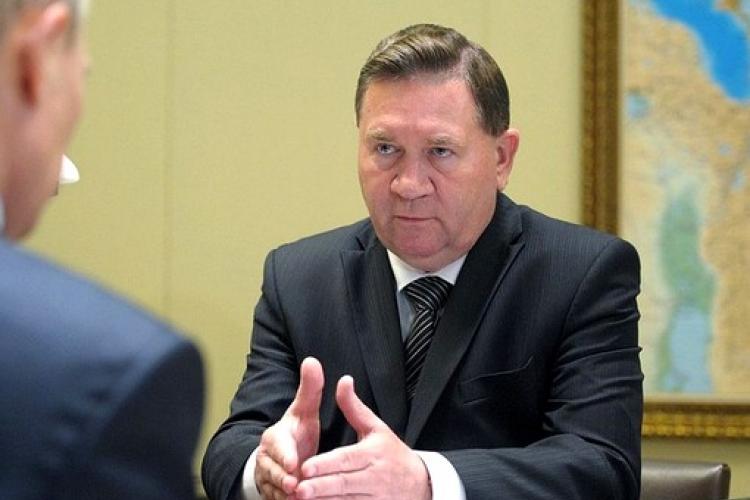
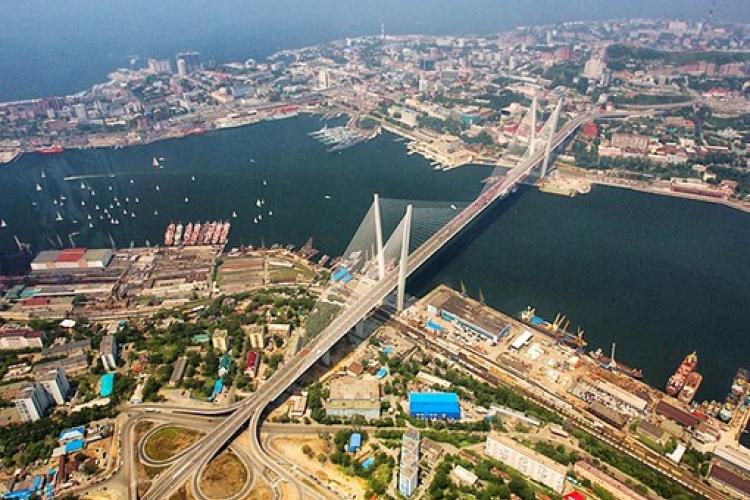
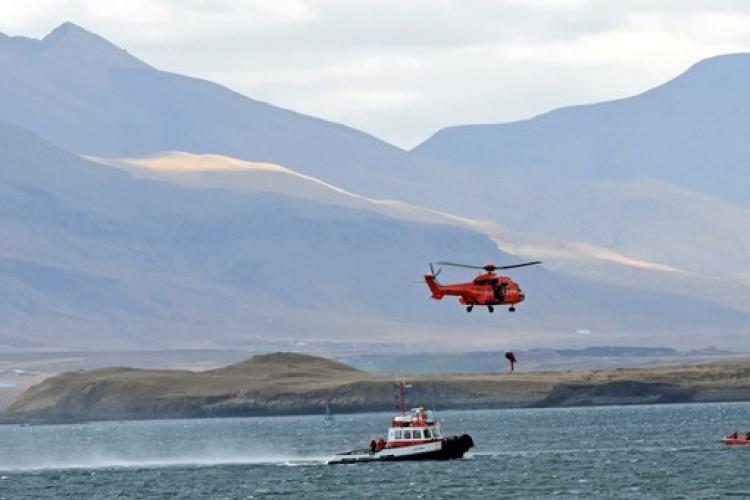
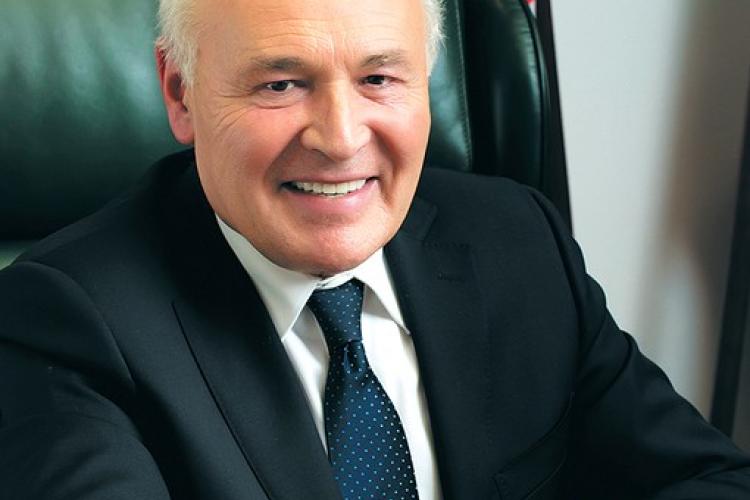



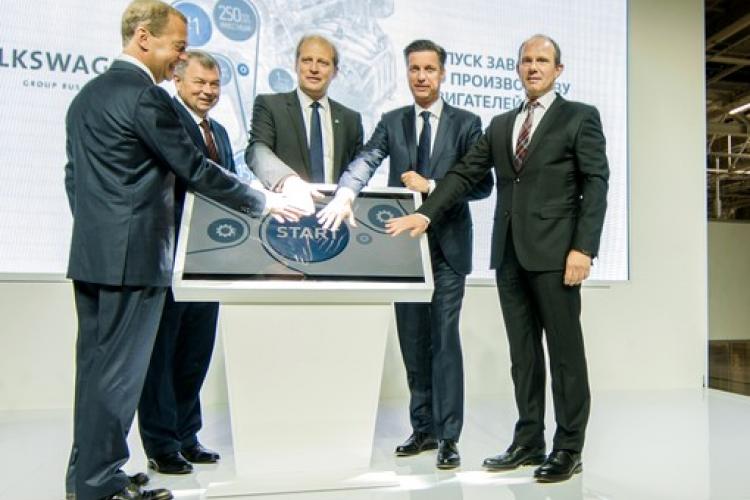
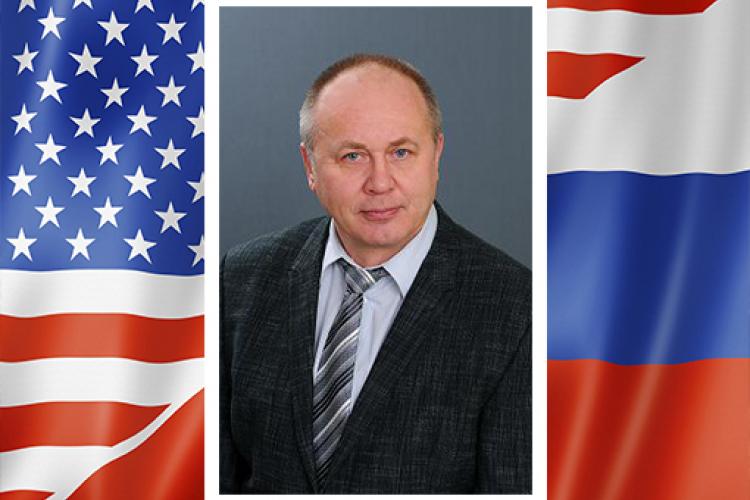

Leave a comment